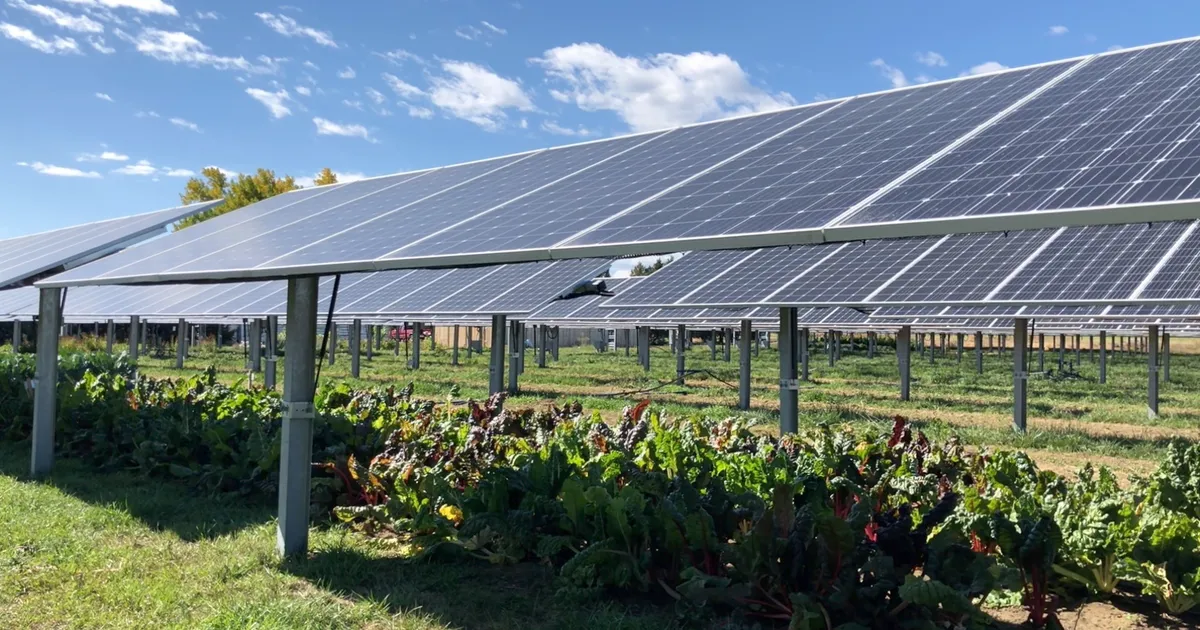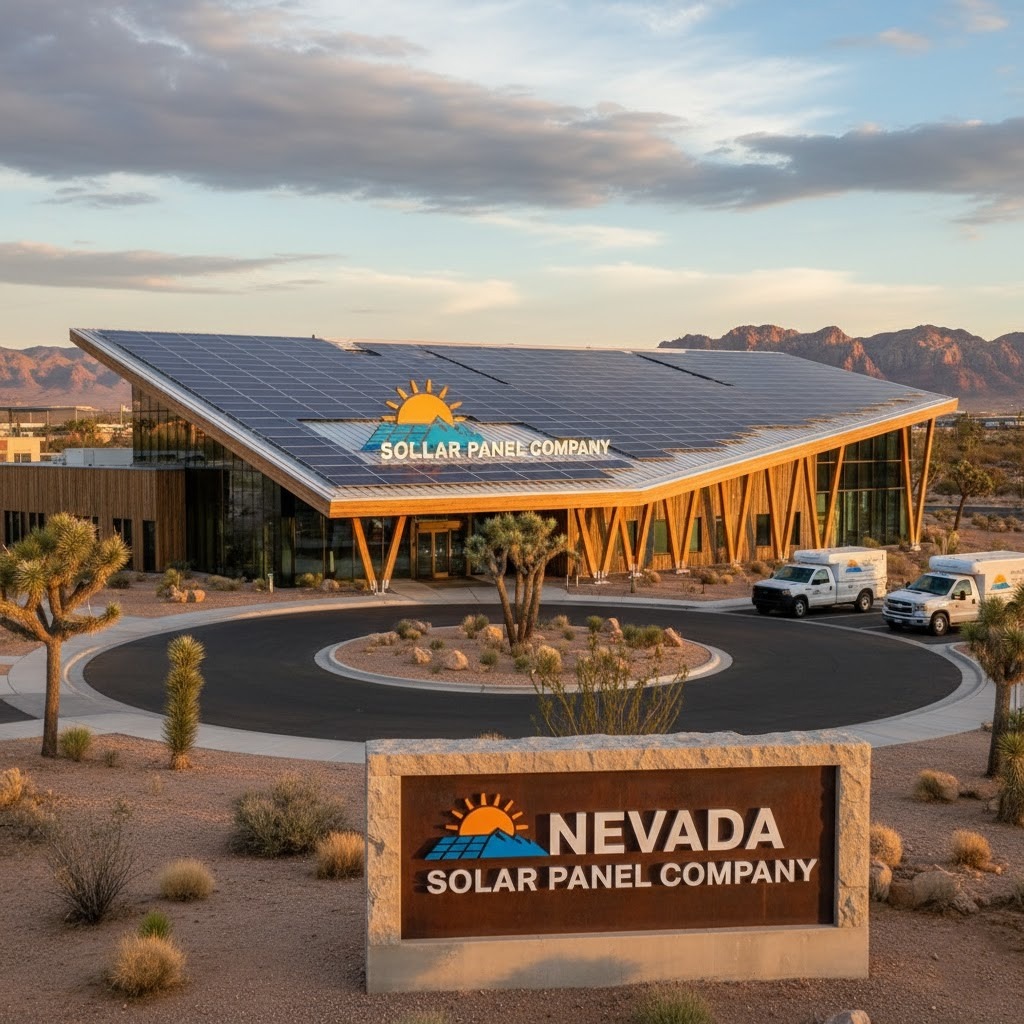Agrivoltaics, also known as solar sharing, is the innovative practice of combining agriculture with solar power generation on the same land. Instead of competing for space, crops and solar panels coexist, creating a synergy that boosts both energy production and farm resilience.
The idea is simple yet powerful: solar panels are elevated or spaced to allow crops to grow beneath them. This dual-use approach ensures that farmland can produce both food and clean electricity simultaneously, a vital solution in land-scarce and energy-hungry nations like India.
Recent studies have shown that agrivoltaic systems can reduce crop water demand by 15–30%, thanks to the shading effect of panels lowering soil evaporation. This makes them especially useful in arid regions where water scarcity threatens agriculture.
At the same time, crops benefit from a microclimate created under the panels. Lower daytime temperatures and reduced heat stress can improve yields for shade-tolerant crops such as leafy vegetables, berries, and certain pulses.
From an energy perspective, solar panels also benefit. The cooling effect of crops and soil moisture below helps panels operate at lower temperatures, improving their efficiency by 2–3% compared to open-field arrays.
Globally, countries like Japan, Germany, and the U.S. are piloting agrivoltaic farms with promising results. In India, institutions such as the National Institute of Solar Energy (NISE) are promoting pilot projects to integrate solar into agricultural landscapes.
Economically, agrivoltaics offers farmers a new revenue stream. They can earn from crop sales as well as from leasing land or selling solar electricity to the grid. This diversification reduces dependence on unpredictable harvests.
Technological advances are also shaping the field. Bifacial panels, adjustable tilt systems, and semi-transparent solar modules are being deployed to maximize sunlight sharing between plants and PV systems.
Policy momentum is building, too. With India’s target of 500 GW of non-fossil energy capacity by 2030, agrivoltaics is being recognized as a tool to balance food security with renewable expansion.
In essence, agrivoltaics represents the future of climate-smart farming: more resilient crops, more clean energy, and more sustainable land use. For farmers and policymakers alike, it is not just an option but a necessity in the journey toward sustainable development.




